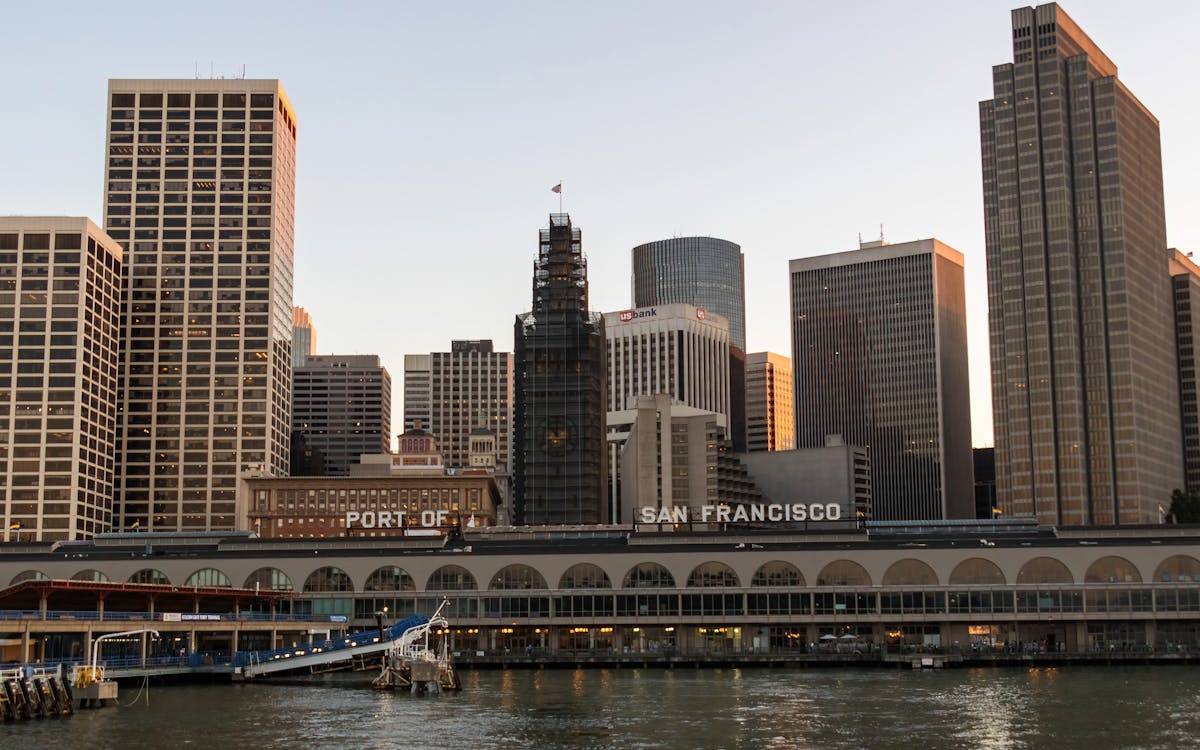A Shared Vision for a Restored Bay
A Shared Vision for a Restored Bay
Blog Article

Why Restoration Matters More Than Ever in the Bay Area
Over the last couple of years, the San Francisco Bay has weathered the influence of city expansion, commercial growth, and environment modification. Once teeming with wild animals and rich wetlands, a number of the bay's natural communities have been fragmented or degraded. Yet in the middle of these difficulties, something exceptional is happening: neighborhood citizens, volunteers, and grassroots efforts are leading a wave of ecological reconstruction that's bringing new life back to the Bay.
Reconstruction isn't just about planting trees or tidying up trash, though those initiatives are necessary. It's regarding restoring the foundations of life, from marsh yards that support fish baby rooms to shoreline barriers that guard against flooding. And in this region, the power of area involvement is transforming the tide extremely genuinely.
From Marshland to Miracle: The Return of Native Habitats
One of the most visible adjustments happening in the Bay Area is the re-emergence of indigenous environments. Wetlands that were once drained pipes or paved over are being rehydrated and replanted. Lawns and hedges indigenous to the area are being grown by community groups, who often depend on neighborhood volunteers to help grow plants and take care of regulated planting events.
These native plants do more than add greenery to the landscape. They provide sanctuary to migratory birds, pollinators, and little creatures, developing pockets of biodiversity amid active urban zones. As these habitats broaden, so does the eco-friendly wellness of the Bay itself. When neighborhood homeowners take time out of their weekend breaks to obtain their hands in the dirt, they're not simply growing-- they're joining the reconstruction of a living, breathing ecosystem.
The Role of Education in Fostering Environmental Stewards
Education plays an essential part in why these community-led efforts are functioning so well. Schools, area facilities, and nonprofit groups are organizing hands-on learning experiences where individuals of every ages can comprehend the scientific research and importance of remediation. These programs typically bring people face to face with concerns like erosion, pollution, and water level increase-- topics that can really feel abstract up until they're seen up close.
When someone sees the fragile balance of an estuary or finds out exactly how a solitary plant types can filter toxins from the water, the worth of that understanding becomes individual. And keeping that understanding comes the motivation to act. Bring back communities comes to be less of a chore and more of a mission. This deep link to local areas is what establishes the Bay Area apart and fuels the lasting success of these efforts.
Using the Digital World to Drive Real-World Change
Interestingly, the press to recover the Bay's environments isn't taking place in isolation from the electronic globe. Technology is ending up being an effective tool in rallying support, spreading recognition, and connecting neighborhoods. Whether via citizen science apps that track indigenous varieties or community online forums organizing remediation occasions, the on-line room is complementing boots-on-the-ground action.
In recent years, even local outreach techniques have actually progressed. As an example, a social media marketing agency in the Bay Area might sustain ecological campaigns by helping volunteers amplify their influence, inform their stories, and inspire others to get entailed. These digital touchpoints have the power to turn a tiny weekend break cleanup right into a regional activity simply by letting individuals understand it's happening-- which it matters.
Email Campaigns That Inspire and Inform Local Change-Makers
One more digital approach making a concrete difference is e-mail communication. Updates concerning remediation occasions, seasonal planting initiatives, and donation drives are frequently shared via view very carefully crafted newsletters that strike an equilibrium in between being interesting and inspiring. It's not unusual for a well-timed project from an email marketing agency in San Francisco to bring a rush of volunteers or contributions to a task in need.
These email campaigns aren't simply transactional-- they're transformative. By enlightening subscribers regarding the straight influence their participation has, they support long-lasting interaction. Viewers come to feel like stakeholders in the health and wellness of their region, which psychological link converts to lasting dedication.
The Unseen Work of Connecting Data, Communities, and Nature
Behind every effective restoration project lies a complicated web of sychronisation. There's research study to recognize what environments require most, neighborhood responses to form comprehensive plans, and follow-up tracking to make sure success. This type of continuous effort typically needs not just heart, yet information, method, and communication.
That's where the support of a digital marketing company in the Bay Area can make a quiet yet critical difference. By helping companies develop solid digital systems, gather insights, and improve their messaging, these teams make it possible for community teams to scale their impact. The outcome is a more linked and efficient activity, where every action counts, and everyone feels like they're component of something larger.
The Power of People in Preserving the Bay's Future
If there's something the Bay Area has actually shown, it's that restoration doesn't need to start with huge institutions or large budgets. It can start with one next-door neighbor pulling weeds from a path, one pupil planting a native seedling, or one family appearing to a coastline cleanup. These small activities build up, especially when they're supported by wise strategies and shared with the wider community.
There's something distinctively enthusiastic about seeing the tides turn-- both figuratively and actually-- in favor of nature. The Bay is much from totally recovered, but it's being revived each day with the perseverance and treatment of those that call this area home. With each marsh rebuilt and each indigenous varieties protected, we're not just restoring communities-- we're envisioning what's possible when areas lead with purpose.
Maintain following this blog site for even more stories on regional modification, neighborhood effect, and the ways you can be part of safeguarding the natural beauty that surrounds us.
Report this page